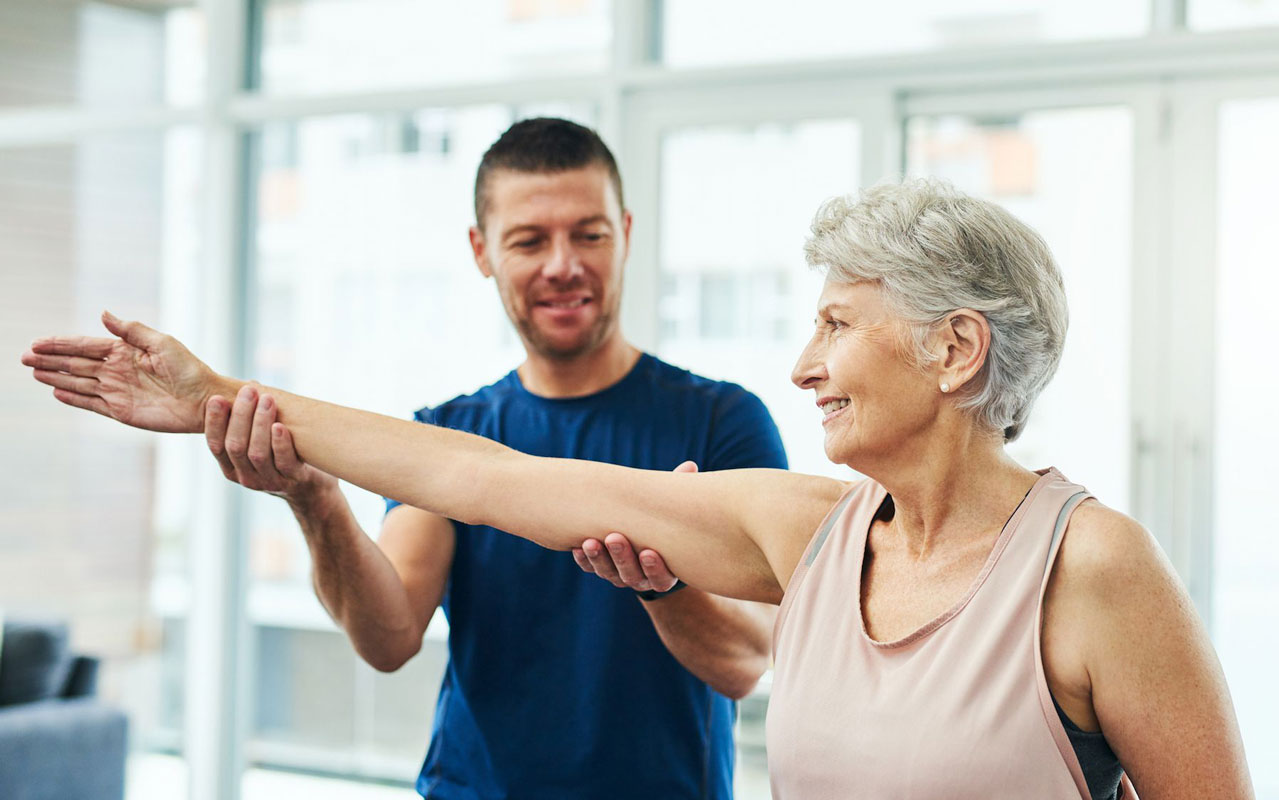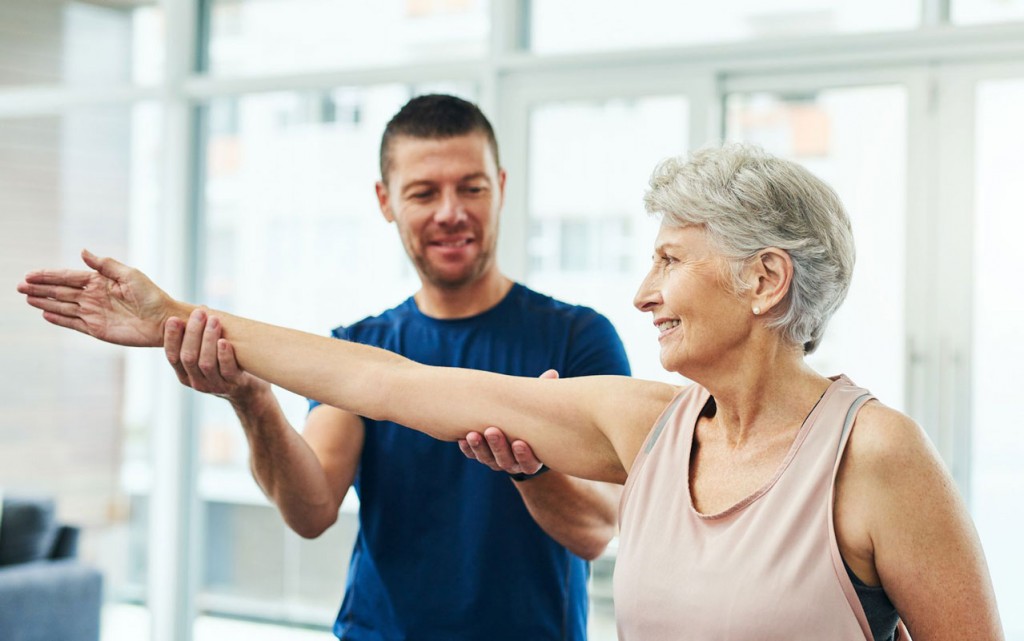
When excruciating pain hits the shoulder joint, the whole world darkens. Our shoulders are great allies. They hold our bags, they come handy for distressed friends to lean their heads upon, they help us reach out to a box of cookies on a high shelf, they sportingly add power when we draw back our arm to throw a ball or a javelin to a great distance.
So when I meet three people in just one month complaining about severe pain in the shoulders, I really feel for them, even more so because they are hands-on persons. They dust, they drive, they lug their monthly groceries home, all on their own.
Two of them had a fall while walking on the pavement, which could have led to this shoulder condition I’m about to discuss. The fact is, we are all blessed with eight little sacs of fluid around each shoulder. There are 89 more, but we are focusing only on the shoulder today. These sacs help our joints to function smoothly without friction. They are quiet and uncomplaining until… one day, one of them suddenly gets inflamed and the pain can be so acute, you awaken in agony when you turn on that shoulder in your sleep. So, here’s the first tip: When your shoulders hurt, find a comfortable sleeping position and then hem yourself in with pillows and cushions so that you can’t move easily. Even if you wake up while trying to shift your position, at least, it won’t be to pain.
To continue, when this sac, clinically referred to as bursae, gets inflamed, it is called bursitis. Note: ‘itis’ means inflammation. And the good news is that it gets better on its own in three weeks or so if you pay attention to it and treat it with some home remedies within 48 hours.
The remedies are:
Stop…and rest
Please stop lugging around heavy stuff, stop any activity that makes your shoulder joint twinge. Give it a complete break from its labours. Let it rest. Any pain in the body should always be respected, so much so that naturopathy says one of the signs of good health is not to have any pain in the body whatsoever. Being sensitive to physical pain is important.
Tip: The shoulder does need prescribed exercises but these should be done only four to five days later when the pain has subsided.
Ice it
If there is a swelling or the area is hot to touch, then put a few ice cubes in a handkerchief and place it on the joint as long as you can bear it. Then take it off and place it again, say, 10 minutes of icing, respite for 10 minutes, and resume the cycle.
Cold and hot
Later, when the swelling and pain subside and it’s not hot anymore, doctors recommend the cold-and-hot treatment — 10 ice, 10 heat, 10 ice, 10 heat.
Tip: Initially, wrap a towel around the hot water bag. You don’t need a burn on the skin to add to your woes.
Pills to swill down
If you are not allergic to anti-inflammatory medication, either have ibuprofen or the humble aspirin. Tip: Time-release aspirin is good as the gradual release ensures you don’t need to take it often. If you have ulcers, check with your doctor whether it’s okay to have enteric-coated aspirin. If not, ask which topical cream can be rubbed on the sore spot. Take the pill at bedtime. Don’t forget the pillows and cushions arrangement. A sound sleep always hastens the healing process.
Calm with castor oil
If you don’t want to call up your doc, get a bottle of castor oil. It has anti-inflammatory properties. Gently rub it over the joint. Place a warm cloth on it. If you are hesitant about ‘wasting money’ on a bottle of castor oil as once the bursitis is healed, you may not need it, you’ll be happy to know it has varied uses:
- Applied daily, its anti-bacterial agents rid the skin of acne.
- It reduces wrinkles, stretch marks and it moisturises.
- Massaged in the scalp twice a week, it gets rid of dandruff and promotes hair growth.
- It increases the white blood count and boosts immunity and relieves constipation when taken orally.
So, your money is well spent!
Swing low
As the pain recedes, start strengthening some muscles in the key areas. Do this great exercise: Support yourself with your good arm by placing your hand on the arm of a chair, bend forward a little, allow the afflicted arm to drop downward loosely, then gently swing the arm back and forth…back and forth, just twice. Increase it to 10… 20 times… over the weeks.
A piece of wise advice; continue doing this swinging exercise even after the bursitis is healed. In fact, do it 20 times with each arm. It’s a good preventive measure. One of the three people I mentioned earlier in the article endearingly calls this exercise her ‘jhoola’!
Walk on the wall
Another wonderful exercise which I recommend is the walk: Stand with your afflicted side to the wall. Now, walk the fingertips up the wall to as high as you can. It’s not important to feel the stretch because with the stretch can come pain. It’s important to do it to the distance you can reach comfortably. Do it just twice for each side. Then, increase over the weeks to 20 walks. This is effective for a frozen shoulder too.
What is delightful about these exercises is that they are easy to do. And you feel heartened as you gradually increase the swings and the walks. It’s a sign that good days are around the corner. Continue your daily walk outdoors as well. A revved up blood circulation does wonders to the body.
Can it recur?
That’s the question in everybody’s mind, isn’t it? Can it recur? Yes, it can. So, do the exercises to prevent future episodes. Strengthen those muscles. Don’t overuse the shoulders — no heavy lifting… ever. Some useful suggestions:
- Use hands-free accessories for your mobile. Unless it’s a very private conversation, put the mobile on speaker phone.
- Keep your shoulders squared as a good posture is mandatory.
- Gently massage your shoulders daily — it’s both physical and psychological. Pain experts say that what happens in the body affects the brain and what happens in the brain affects the body.
- For the same reason, neither take stress nor create stress. Keep away from nasty people — the impulse to hit even if you don’t literally raise your arm induces pain in the shoulders. On the same lines, please don’t feel you are carrying the responsibilities of the world on your shoulders —
that suppressed pressure, anger and resentment does result in shoulder pain. Delegate wherever possible. Take several breaks to relax, to be on your own, to enjoy a nice warm bath, to listen to music. Sow leisure spots in your lifestyle. - Check with your doctor whether you need to take glucosamine or Omega-3 fatty acids in capsules. Include foods rich in Omega-3 such as salmon, tuna, walnuts, flax seeds, chia seeds, guavas.
Finally, every day, keep this sentence going in your mind: ‘The best is yet to come.’ It gives a tremendous boost to your spirits. It gives you something to look forward to at a time when patience is needed. The language of patience is beautiful. It says, ‘I allow.’ I allow time to heal my shoulder. I give permission to myself to rest and relax. As an ancient Swahili proverb goes: ‘Patience attracts happiness, it brings near that which is far.’ Never fret, dear readers. Healing happens. It’s in the natural order of things.
The writers are authors of Fitness for Life and Simply Spiritual – You Are Naturally Divine and teachers of the Fitness for Life programme.






